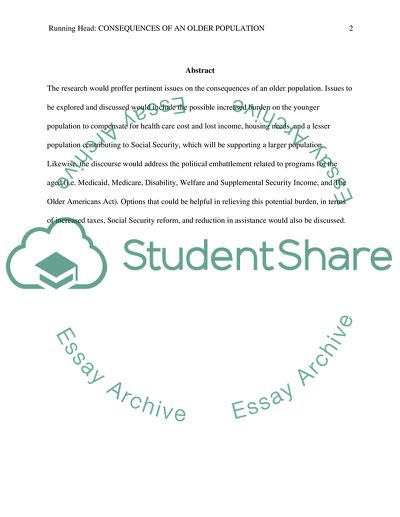Cite this document
(Consequences of an Older Population Research Paper - 1, n.d.)
Consequences of an Older Population Research Paper - 1. Retrieved from https://studentshare.org/social-science/1750785-consequences-of-an-older-population
Consequences of an Older Population Research Paper - 1. Retrieved from https://studentshare.org/social-science/1750785-consequences-of-an-older-population
(Consequences of an Older Population Research Paper - 1)
Consequences of an Older Population Research Paper - 1. https://studentshare.org/social-science/1750785-consequences-of-an-older-population.
Consequences of an Older Population Research Paper - 1. https://studentshare.org/social-science/1750785-consequences-of-an-older-population.
“Consequences of an Older Population Research Paper - 1”, n.d. https://studentshare.org/social-science/1750785-consequences-of-an-older-population.


